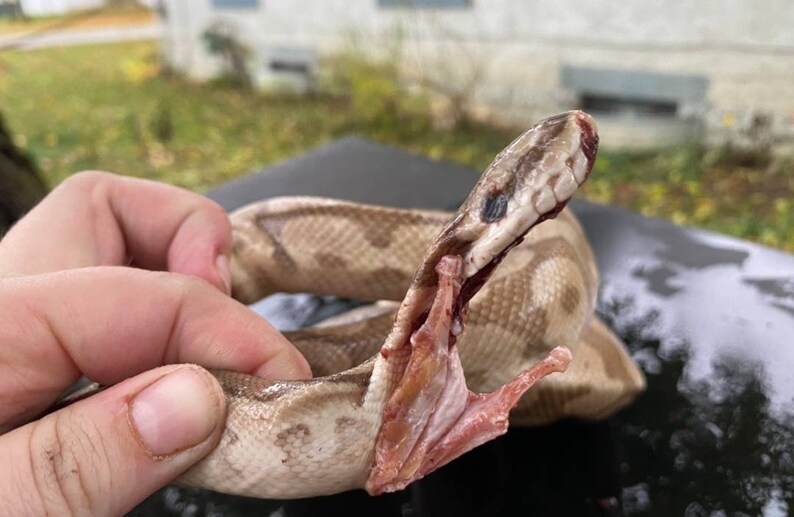



“Basically, we had to evacuate everybody,” he said. That meant literally digging up some of them from the earth. Caglarcan brought most of his animals inside the main building-the serpentarium. Tarps covered the ground where he knew some animals had dug in for winter.Īs the weather worsened, he used a temperature gun to measure ground and burrow temps, and knew he had to do more. “So we like it when they do things like they're supposed to do.”īut when record low temperatures were forecast, Caglarcan knew he had to step in. “At the Texas Reptile Zoo, the way we have the animals is as natural as possible,” Caglarcan said. The zoo is closed during the winter when many of the species brumate (akin to hibernation) underground. Two of the old greenhouses were converted into herpetariums, but much of the zoo is outdoor space meant to mimic the reptiles’ natural habitat. The zoo, housed in a former plant nursery, has about 220 reptiles and about 100 fish. “And we had a big hole in the ceiling-we still have it.” “My wife ran over with every towel we had, and we got buckets to soak up the water by hand,” Tim said. They survived through preparation and dedication.Īt the Texas Reptile Zoo in Bastrop, about 35 miles east of Austin, Tim and Julie Caglarcan had a serious mess on their hands after they killed the power and shut off the water. There’s no discounting that tragedy and trouble.įor those Texans who make a living running the scores of reptile zoos, rattlesnake museums, and snake farms that dot Lone Star highways, the cold was an imminent threat to their critters and their livelihoods. Others huddled together in their dark homes for days. People died of cold in their homes when their power went out. The week of arctic cold was a statewide disaster, no doubt.


 0 kommentar(er)
0 kommentar(er)
